The Colour of Resilience
Team
Company | Institution
Category
Type
Project description
The Colour of Resilience is a physical and interactive exhibit launched at the World Economic Forum’s Annual Meeting in Davos, Switzerland in January 2023. It’s the first art project in history to have teams of refugee teaching artists painting canvas murals in four different refugee camps and displaced communities across four continents. Teaching artists painted with displaced communities and children to tell the stories of where they came from, how they got to where they are, and what they dream of for the future.
The exhibit was created by Artolution, an organisation that develops local leaders in the arts to use collaborative art-making as a tool for communities to share their stories with the world. The World Economic Forum and the strategic design and technology studio Made by Many in London, designed and developed the digital component of the experience.
This collective effort brings stories embedded within the fabric of the common narrative of displacement to life as a tangible artefact and interactive experience of the global migration crisis today. It works as a powerful physical and digital intervention – from right inside the famous global get-together of world leaders and CEOs who have the power to improve the lives of displaced people around the world – as well as challenging the rest of us to connect with these communities in new ways through the internet.
The Colour of Resilience is a digital experience created by the World Economic Forum and Made by Many. It accompanies a physical exhibit at the Forum’s Annual Meeting in Davos in January 2023. The project is a collaboration with Artolution – an organization that develops local leaders in the arts to use collaborative art-making as a tool for communities to share their stories with the world.
The physical exhibit is composed of four murals created at four different refugee camps by displaced communities in four continents: the Azraq Syrian Refugee Camp in Jordan, the Bidi Bidi South Sudanese Settlement in Uganda, displaced communities in Colombia, and the Rohingya Refugee Camps in Bangladesh.
We designed an interactive experience that remains faithful to the individual pieces themselves. We designed as little ‘interface’ as possible between the displaced communities who created each mural and the people experiencing them at Davos and online. The design is raw: all the murals were photographed in the camps, hung from buildings, taken with cameras that were available at the time – often mobile phones – and shared via WhatsApp. The murals are treated as whole objects. They are deliberately not perfectly hung or stretched, which is why you can see ripples in the canvases themselves.
In a similar vein, we challenged ourselves to keep the digital interactions as simple as possible. At the beginning of the project we heard that this site would be the first experience of the internet for many of the artists, so simplicity in the experience was key. As digital designers, we tried to keep out of the way – to bring the resilience of each community into the foreground as much as possible. It was vital to allow each to tell their own story in their own way through their paintings. We minimized the UI overlay and interface ‘noise’ as far as we could.
Six ‘eyes’ on each mural tell rich stories about the people who made them – like windows opening into the lives, hopes, and dreams of the artists. Artolution’s teaching artists painted with the people in the camps, asking them to tell the stories of where they came from, how they got to where they are, and what they dream of for the future. Their powerful stories of resilience are told in the murals, and the videos and images accessed through them.
Bringing authentic, tangible artifacts created by displaced communities themselves physically inside the conference center at Davos is the most powerful way to bring the global migration crisis to life for the attendees at Davos this year. QR codes linked to the site content, connecting global leaders with people in camps across the world. The digital component amplifies this impact, enabling the artists and communities to tell their stories at a new scale, globally, across the web.
Visit the website here: https://www.weforum.org/the-colour-of-resilience
The exhibit was created by Artolution, an organisation that develops local leaders in the arts to use collaborative art-making as a tool for communities to share their stories with the world. The World Economic Forum and the strategic design and technology studio Made by Many in London, designed and developed the digital component of the experience.
This collective effort brings stories embedded within the fabric of the common narrative of displacement to life as a tangible artefact and interactive experience of the global migration crisis today. It works as a powerful physical and digital intervention – from right inside the famous global get-together of world leaders and CEOs who have the power to improve the lives of displaced people around the world – as well as challenging the rest of us to connect with these communities in new ways through the internet.
The Colour of Resilience is a digital experience created by the World Economic Forum and Made by Many. It accompanies a physical exhibit at the Forum’s Annual Meeting in Davos in January 2023. The project is a collaboration with Artolution – an organization that develops local leaders in the arts to use collaborative art-making as a tool for communities to share their stories with the world.
The physical exhibit is composed of four murals created at four different refugee camps by displaced communities in four continents: the Azraq Syrian Refugee Camp in Jordan, the Bidi Bidi South Sudanese Settlement in Uganda, displaced communities in Colombia, and the Rohingya Refugee Camps in Bangladesh.
We designed an interactive experience that remains faithful to the individual pieces themselves. We designed as little ‘interface’ as possible between the displaced communities who created each mural and the people experiencing them at Davos and online. The design is raw: all the murals were photographed in the camps, hung from buildings, taken with cameras that were available at the time – often mobile phones – and shared via WhatsApp. The murals are treated as whole objects. They are deliberately not perfectly hung or stretched, which is why you can see ripples in the canvases themselves.
In a similar vein, we challenged ourselves to keep the digital interactions as simple as possible. At the beginning of the project we heard that this site would be the first experience of the internet for many of the artists, so simplicity in the experience was key. As digital designers, we tried to keep out of the way – to bring the resilience of each community into the foreground as much as possible. It was vital to allow each to tell their own story in their own way through their paintings. We minimized the UI overlay and interface ‘noise’ as far as we could.
Six ‘eyes’ on each mural tell rich stories about the people who made them – like windows opening into the lives, hopes, and dreams of the artists. Artolution’s teaching artists painted with the people in the camps, asking them to tell the stories of where they came from, how they got to where they are, and what they dream of for the future. Their powerful stories of resilience are told in the murals, and the videos and images accessed through them.
Bringing authentic, tangible artifacts created by displaced communities themselves physically inside the conference center at Davos is the most powerful way to bring the global migration crisis to life for the attendees at Davos this year. QR codes linked to the site content, connecting global leaders with people in camps across the world. The digital component amplifies this impact, enabling the artists and communities to tell their stories at a new scale, globally, across the web.
Visit the website here: https://www.weforum.org/the-colour-of-resilience


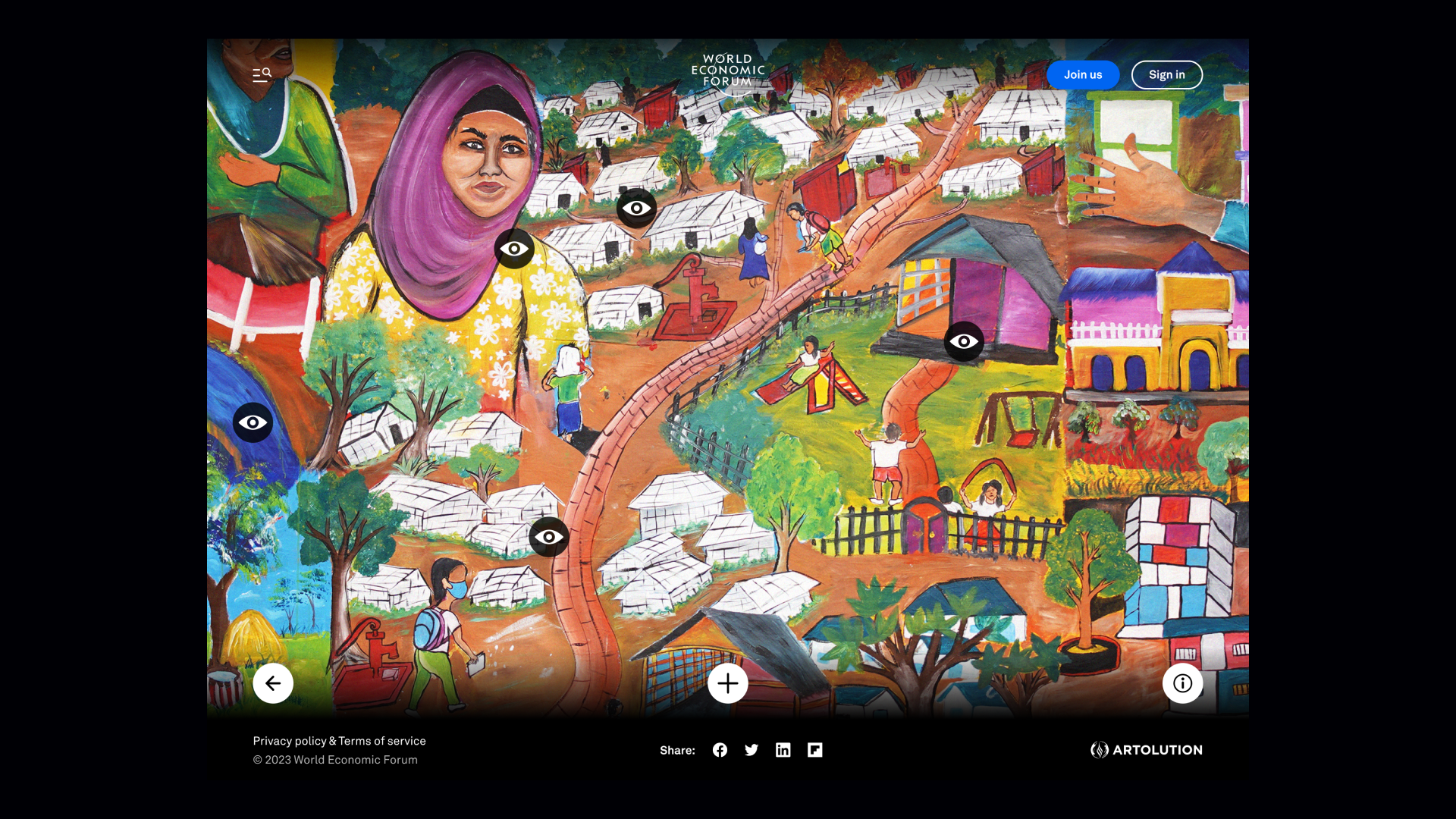

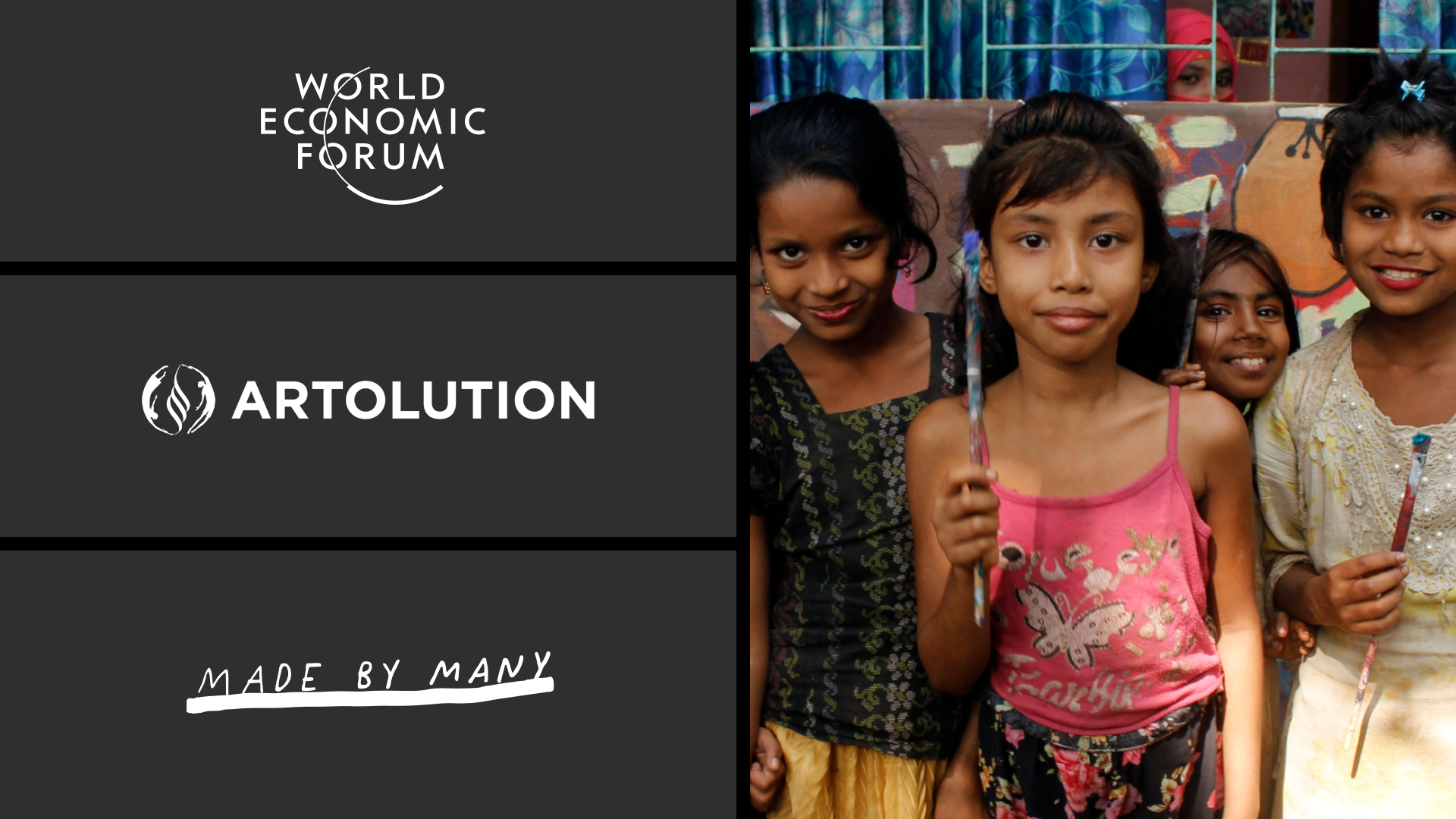
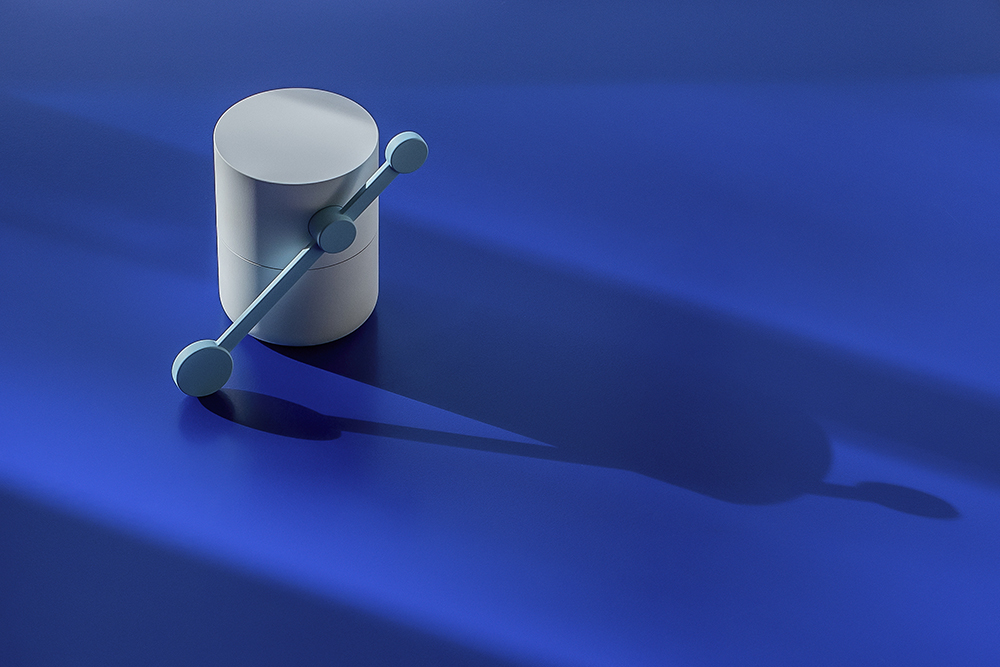
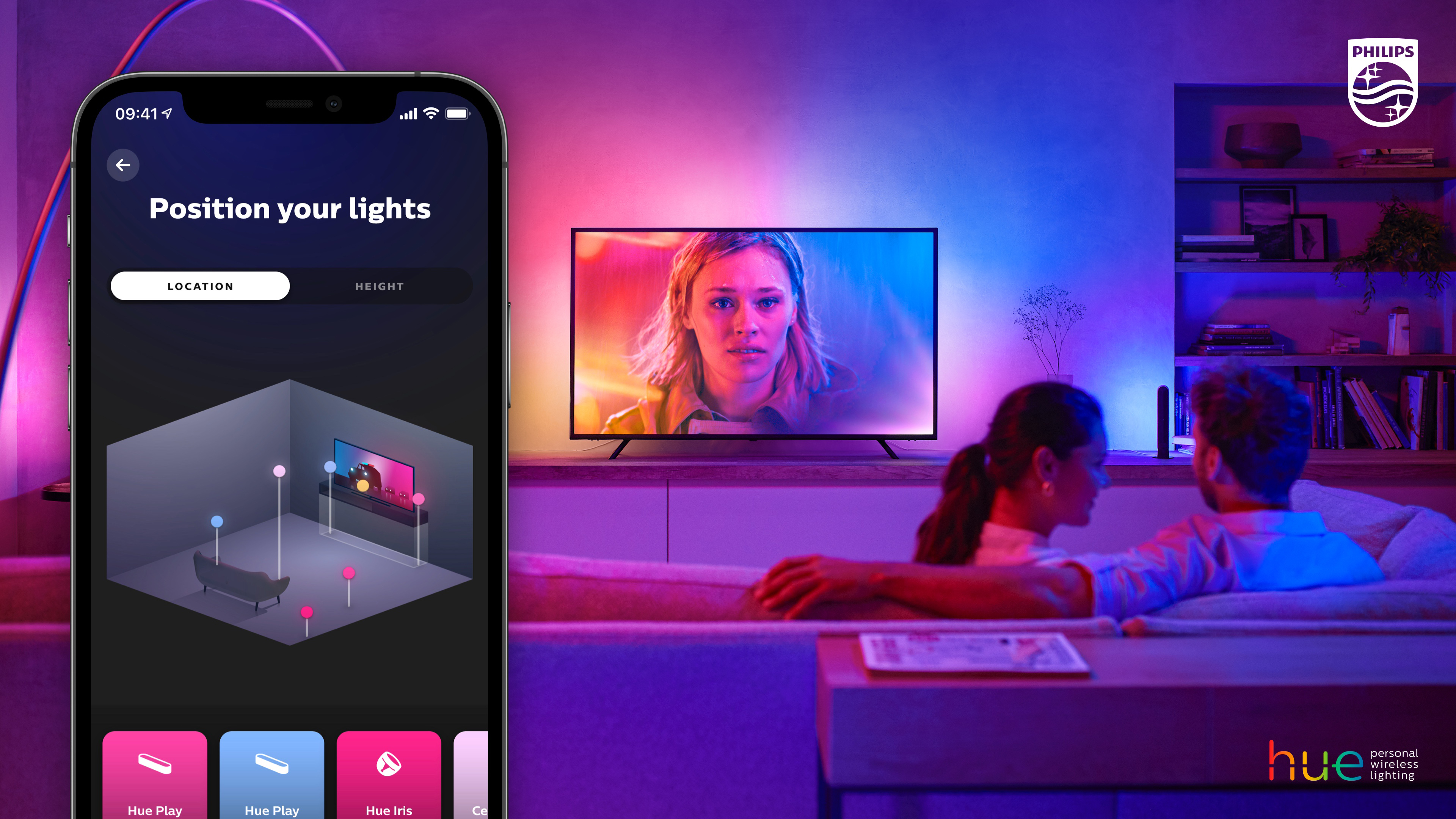
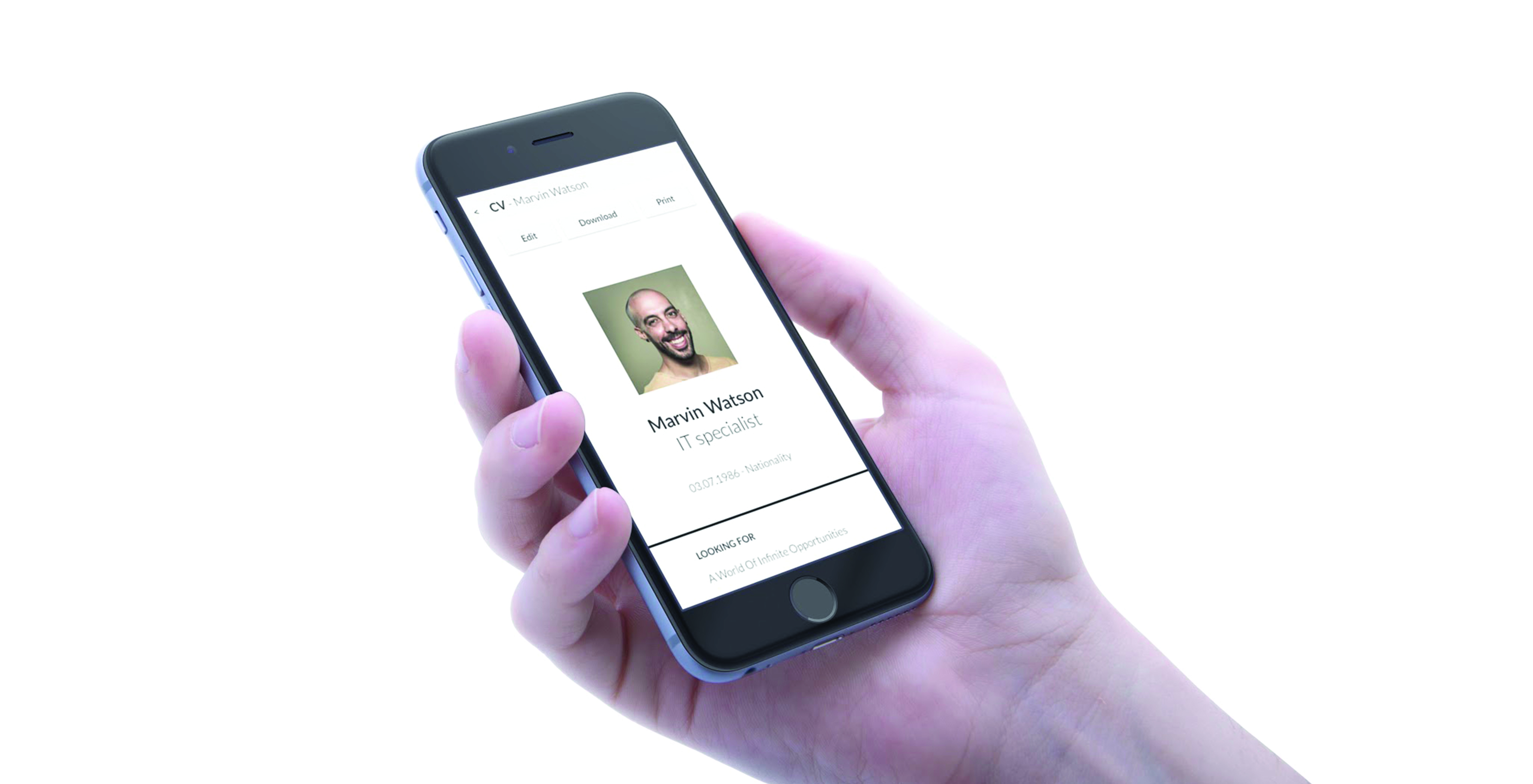
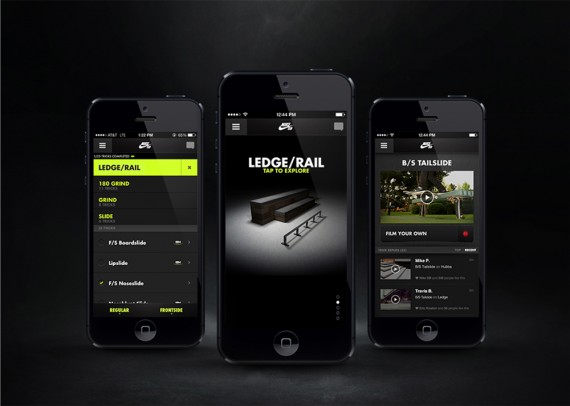
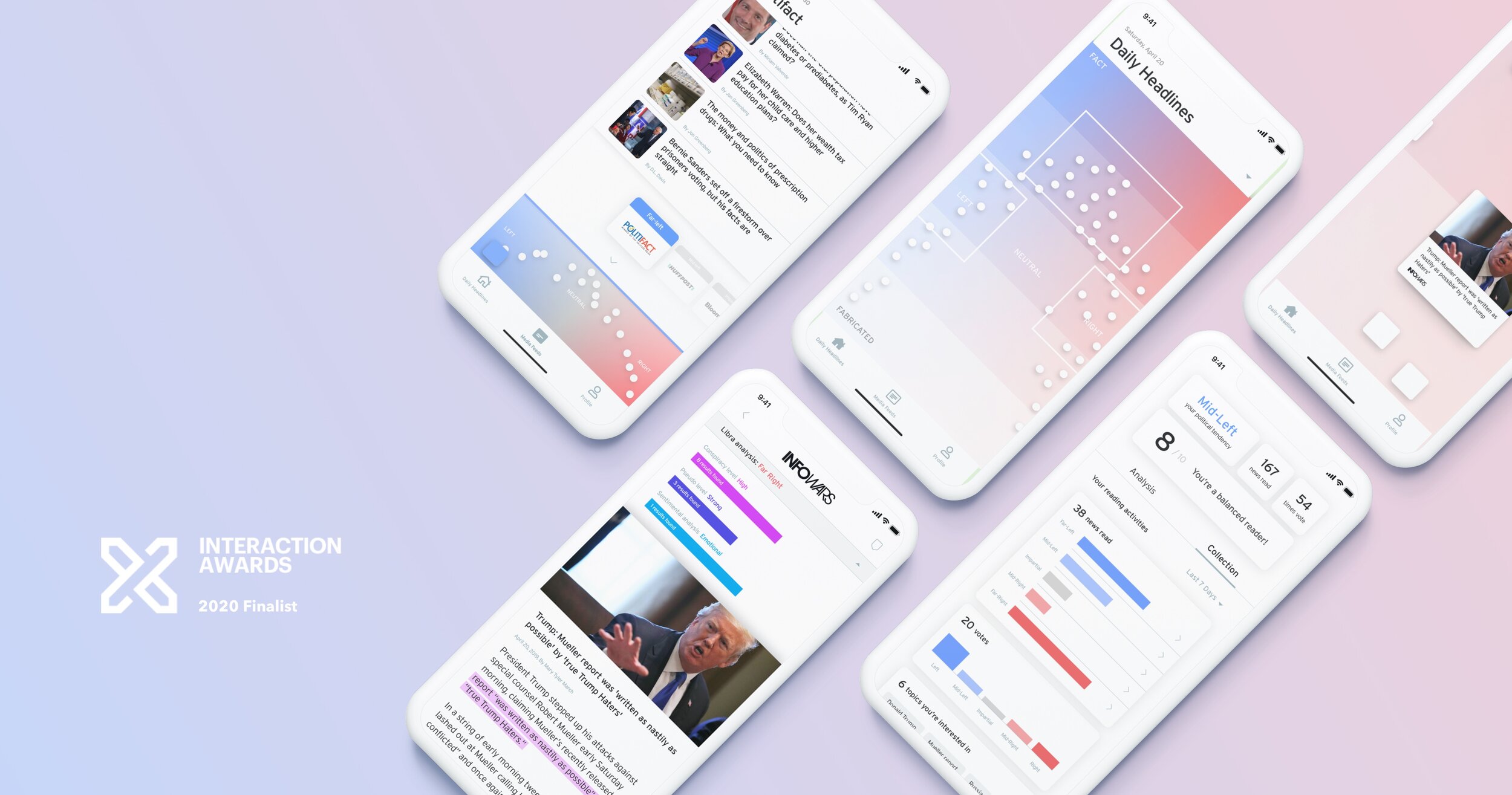
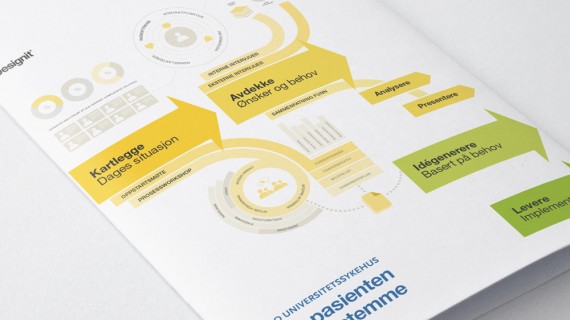
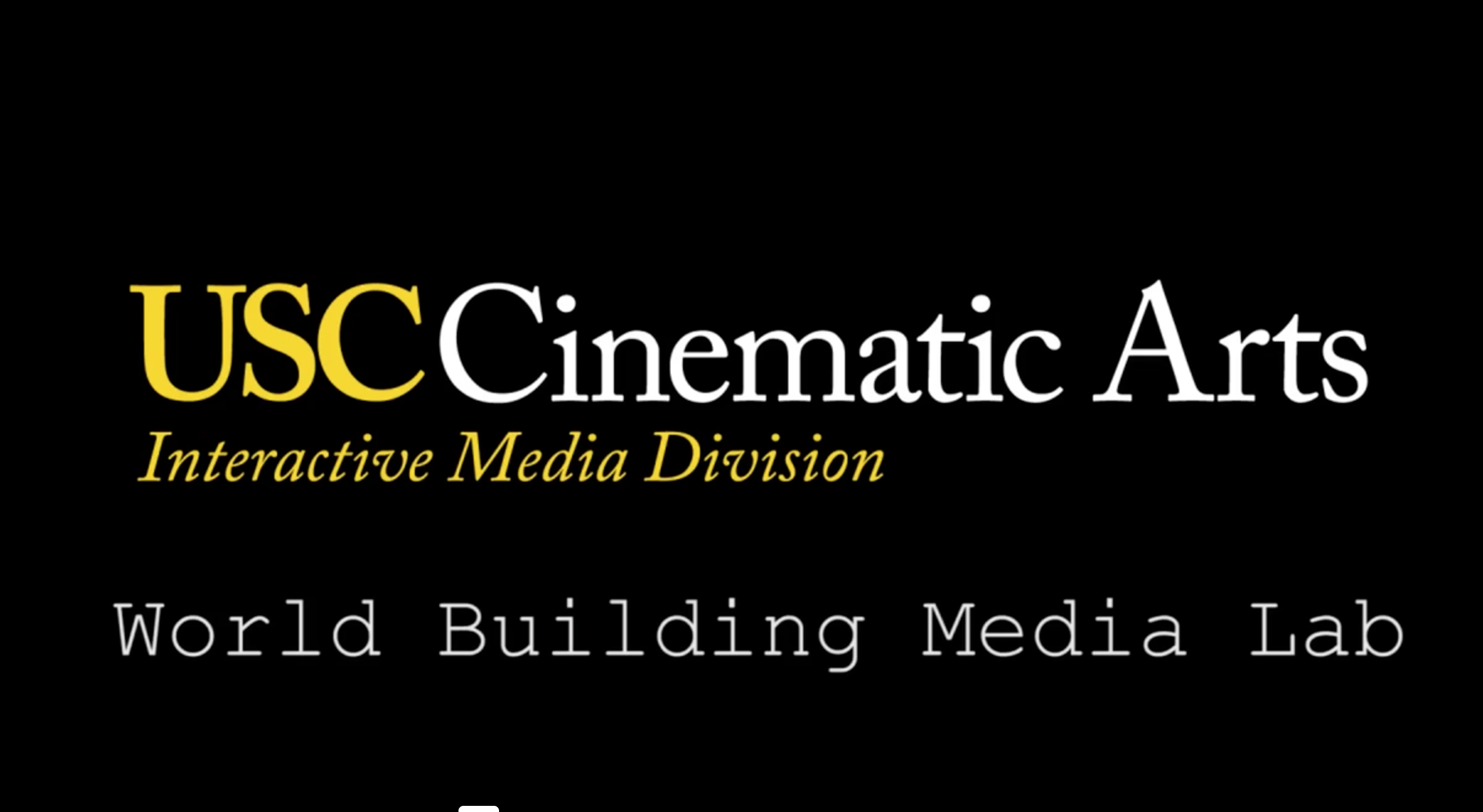
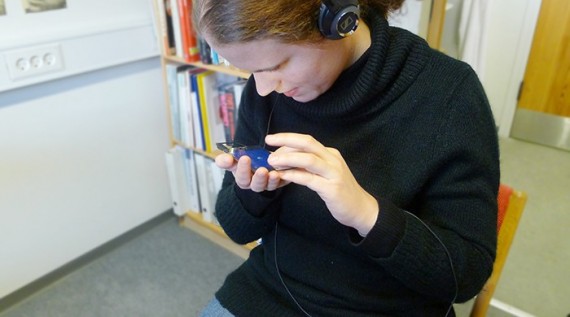
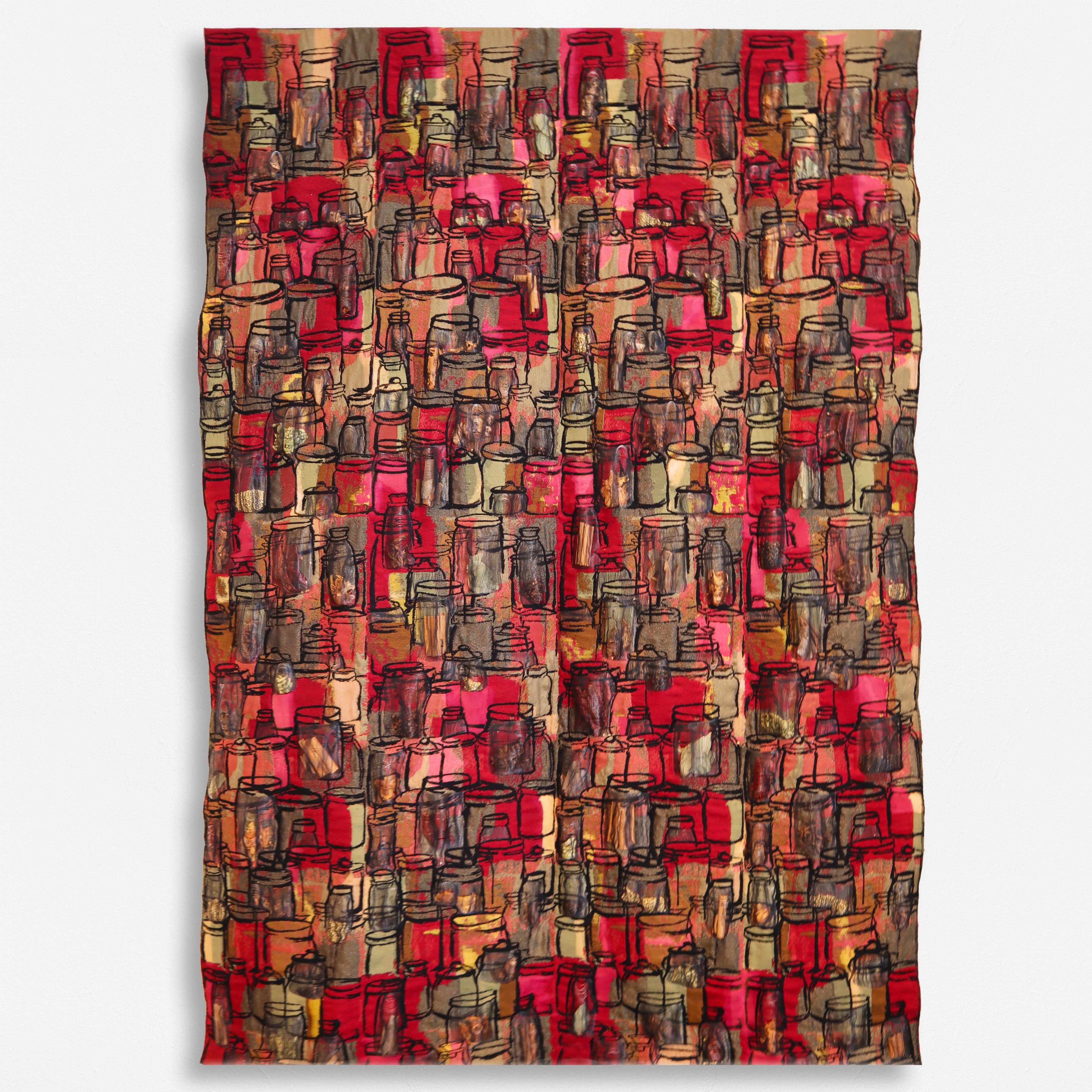
.jpg)